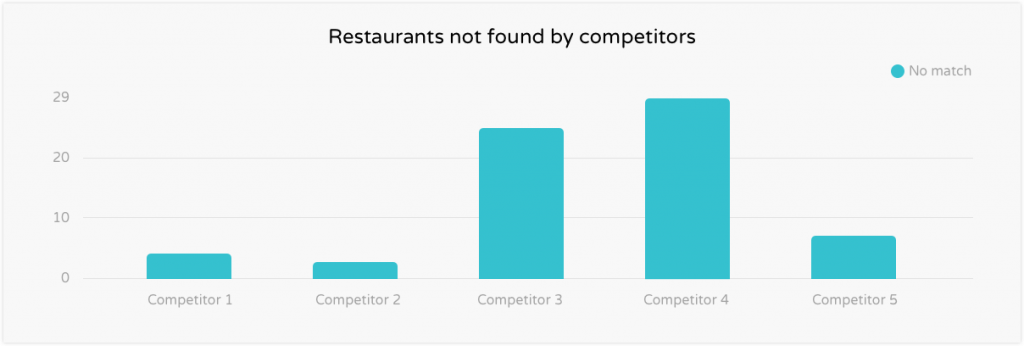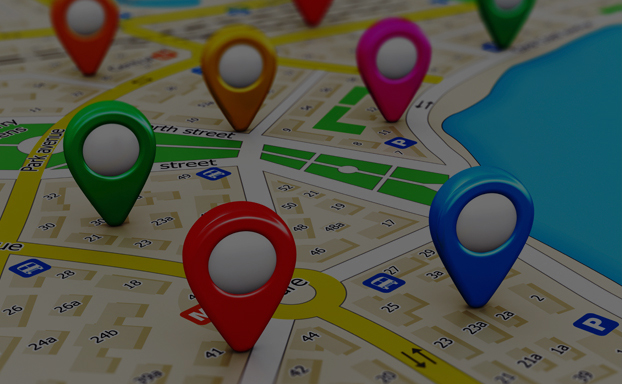Sales acceleration: In a sales department, the pressure increases every minute since in today’s competitive and data-driven ecosystem, it is getting very hard to be different, to be A performer, and to hit the numbers when closing deals. Selling has become an objective process, with deals no longer closing over dinner and cocktails or through in-person appointments. As the industry becomes more and more competitive, understanding what customers want, need, and expect on one hand, and having the right people, processes and technologies on the other, will be critical to how successful your organization is.
For most sales teams, customer relationship management software (CRM) is a must-have technology. However, almost everyone is using it. So, how can you stay one step ahead of the others? How can you improve productivity rates and hit your revenue targets? If you look outside the four walls of your company, the competition is everywhere. How can you prove you are better than the others?
Sales Acceleration
In the last few years, a new buzzword has rapidly been gaining traction – sales acceleration. Everything that you are using besides a CRM can be defined as sales acceleration technology. It enables better buying for customers and faster selling for salespeople. Gartner Group, Aberdeen, and ABI Research have predicted that there will be a $30 billion market for sales acceleration technologies by 2017.
If you are a company selling data solutions, you will almost certainly have sophisticated software developed by top-class developers, but the quality of your data, which your solutions rely on, may be questionable. Among the bunch of sales acceleration tools, using effective data visualization to check data quality will surely accelerate the sales process, which is advantageous for both someone selling a product and the customer purchasing it.
Case study: Factual
To demonstrate how one company could communicate the value of its solution to its customers, we analyzed the geolocation data gathered by Factual for random 180 restaurants in New York City. Restaurant attributes, such as name, phone number, website address, and location information (address and coordinates), were checked for accuracy and freshness and also compared with those in the databases of Factual’s competitors. The goal was to prove that their data is relevant and that Factual can add extra value for buyers.
Our analysis showed that:
- Restaurant addresses are precise and accurate, as a high percentage of them were geocoded with high precision.
- Factual could also enrich the buyer’s database with restaurants not found even by its competitors.
Having only these two results, without the graphs to visualize them, would not help sales representatives win customers. Armed with effective data reports, they would be able to communicate the value of the data, solve the customer’s pain points, control the flow of the sales calls and negotiations, and even close the deal.


For demonstration, we will compare two address analysis, analysis presented above and analysis of address attributes of restaurants in the Philippines:

As you can see, Philippines addresses are not as accurate as New York addresses. 56.14% of them were precise only to the street level, while 22% of the addresses were completely inaccurate.
By comparing the results of the address analysis, you can see how important it is to have high-quality data and to have reports that visualize this wealth of data. During the sales process, you can use these numbers and charts to empower a salesperson to engage effectively with buyers and to optimize the buying process to close more deals.



